A good source of protein, eggs are an excellent addition to meals. Here’s how to boil eggs to your favorite doneness — soft, medium or hard.
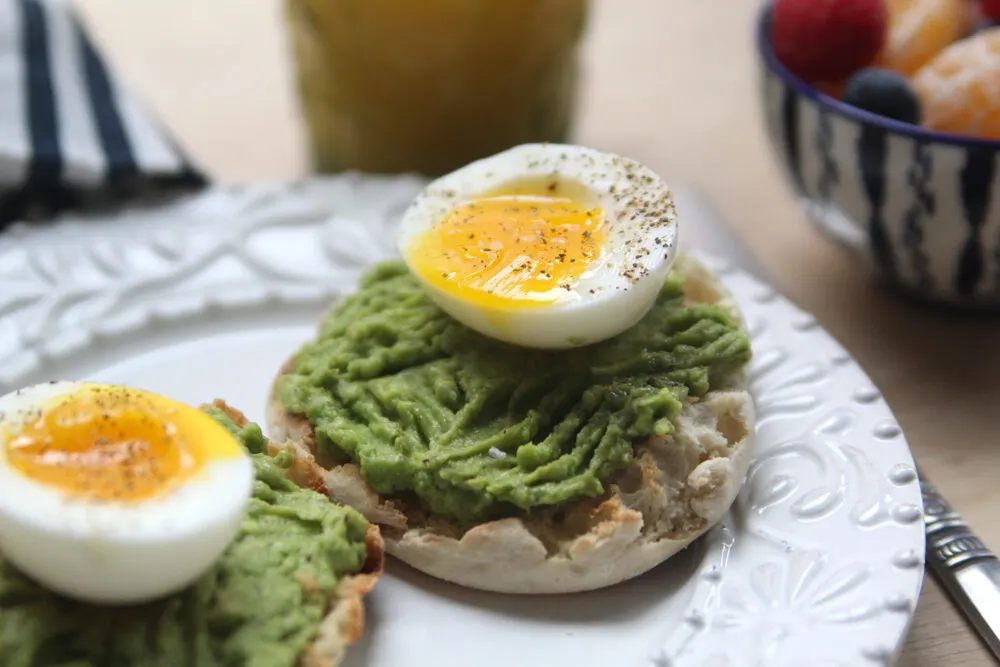
Eggs are one of those ingredients that we always have on hand in my kitchen. With so many ways to prepare them and so many dishes that they are an essential ingredient in, we use them a lot.
One of my personal favorites is to boil them. Soft-boiled eggs are delightful on toast or added to fancy ramen or rice bowls. The firmer medium-boiled eggs can be used in similar ways as well. And hard-boiled eggs make excellent egg salad and deviled eggs (as well as a lovely topper for salads of all kinds).
All are delicious and easy to make at home — if you are armed with good instructions. I can help with that.
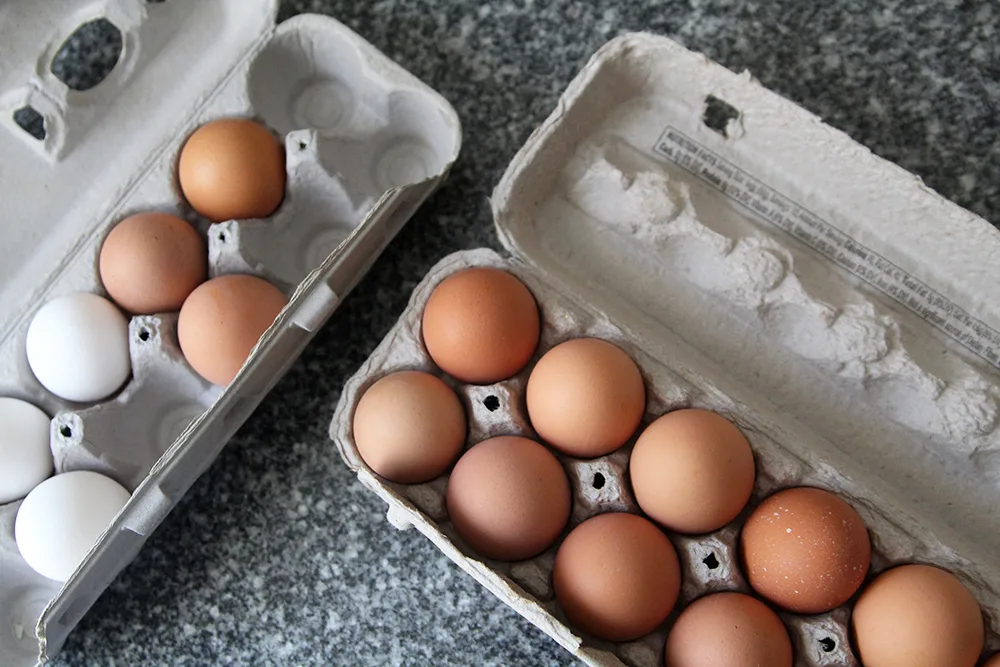
Achieving perfectly cooked boiled eggs isn’t as simple as dropping them in water, of course. You need to practice care and caution, adding eggs in the right way at the right time. And you need to carefully time them for perfect yolk doneness. But that’s not all — what you do with the eggs after cooking them can be as important as what you do while cooking them.
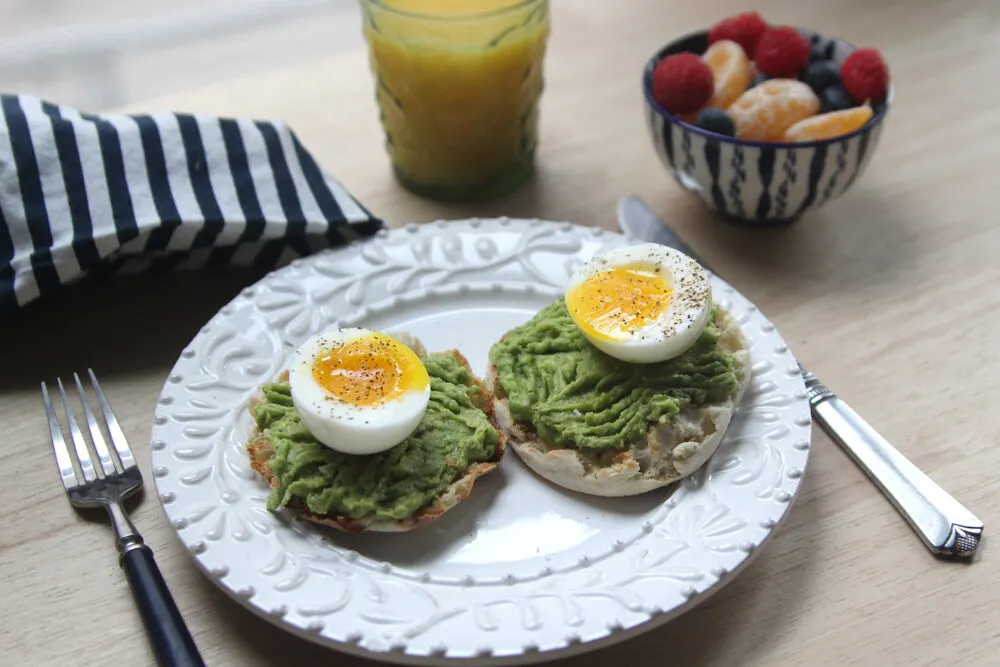
How to Boil Eggs For Soft, Medium and Hard Doneness:
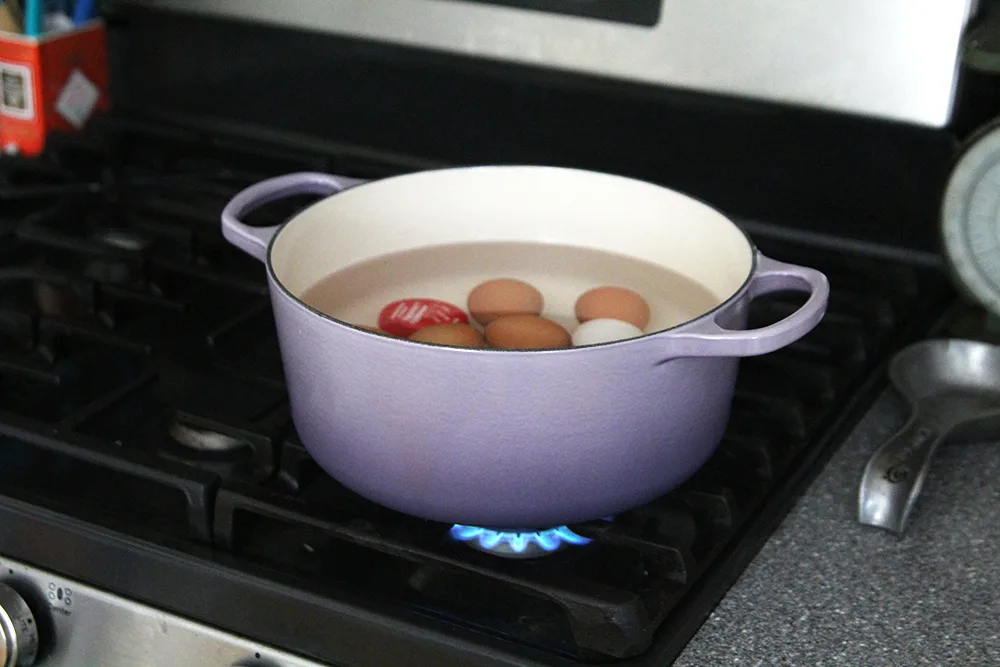
- Start with Room Temperature Eggs: Allow your eggs to come to room temperature before beginning the cooking process.
- Boil Water: Bring a saucepan or pot filled with water to a gentle boil over medium heat. Using a slotted spoon or a fine mesh strainer, carefully lower the eggs into the water.
- Simmer: Once the eggs have been added to the boiling water, reduce the heat to low and simmer for desired length/doneness.
- Soft-boiled eggs: 6-7 minutes (less time for a runnier yolk)
- Medium-boiled eggs: 7-9 minutes (choose time based on how firm you want the yolk)
- Hard-boiled eggs: 10-12 minutes (for a fully hard yolk, cook for 12 minutes)
- Shock in Ice Water: Immediately transfer the eggs to a bowl of ice-cold water to stop the cooking process.
- Peel and Enjoy.
Why An Ice Bath Matters
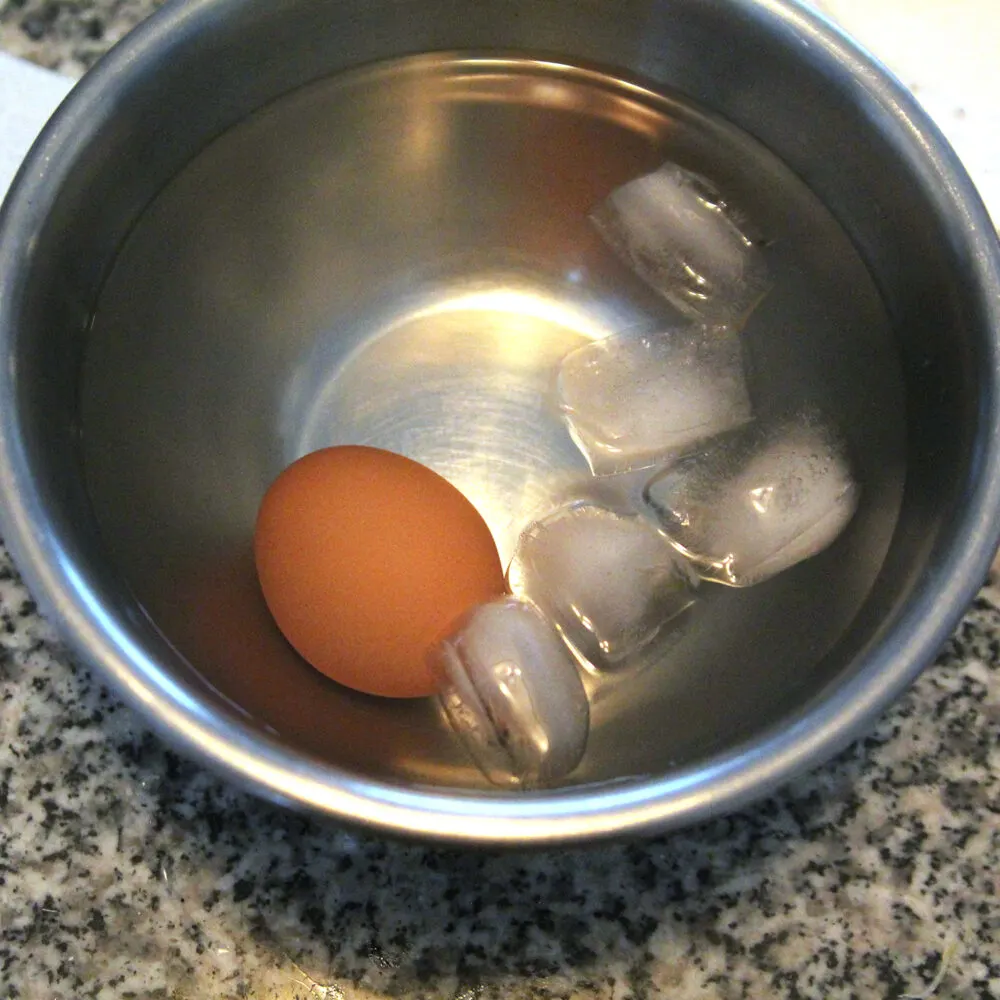
Dropping your boiled eggs into a bowl of ice water is essential to cooking them. It stops the cooking and cools the egg rapidly, ensuring that they don’t accidentally overcook, leaving you with a less than ideal yolk doneness.
When eggs are boiled, the proteins in the egg whites and yolks undergo a process called denaturation, where the proteins unfold and then re-form into a new structure. The longer the eggs are cooked, the firmer — and sometimes more rubbery — they become. The ice bath halts this process. (Don’t you love a little science with your cooking? I do!)
As an added bonus, the rapid cooking of an ice bath also makes the eggs easier to peel.
How to Use Boiled Eggs

There are so many ways to use boiled eggs. Here are a few to get you inspired:
- Deviled Eggs (Hard)
- Egg Salad (Hard)
- Cobb Salad (Depends on how you like your yolk)
- Nicoise Salad (Depends on how you like your yolk)
- Potato Salad (Hard)
- Avocado and Egg Toast (Depends on how you like your yolk)
- Ramen Topping (Soft or medium)
- Pickled Eggs (Hard)
- Egg and Spinach Wrap (Hard)
- Egg Rice Bowl (Soft or medium)
- Hummus and Egg Sandwich (Hard)
Wondering how to make poached eggs? Click to link to learn the process and how to make them excellent every time.
